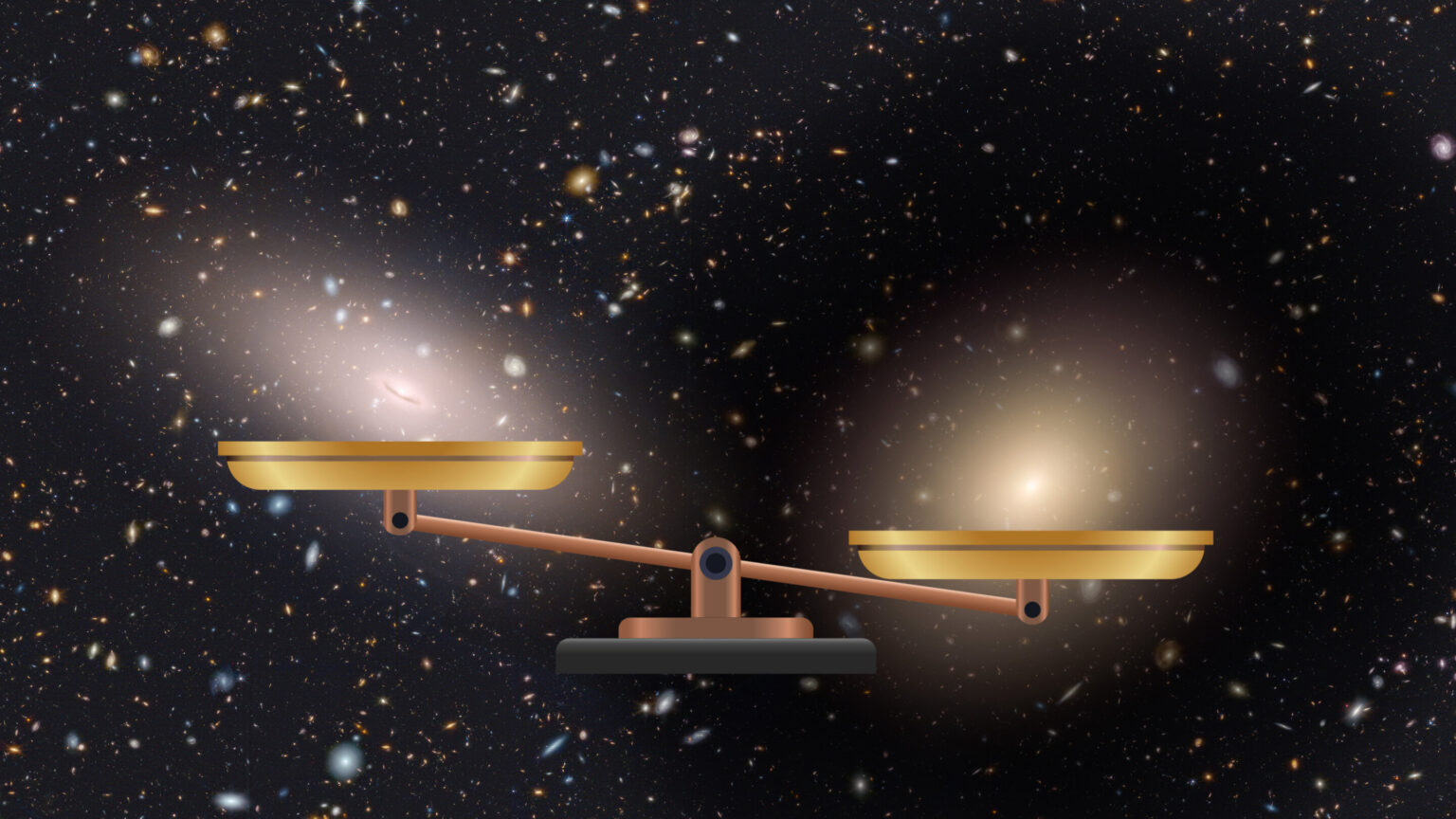Scientists have studied the galaxy NGC 1277. It has a mass several times larger than the Milky Way, but at the same time contains no more than 5 percent of dark matter from the total mass. The reason for this remains a mystery to scientists.

Incredible Galaxy NGC 1277
The galaxy NGC 1277 contains almost no dark matter. This was reported by a group of scientists who investigated it. This is a fairly large star system and its mass is several times greater than the Milky Way. This result somewhat contradicts everything that astrophysicists know about the evolution of stellar systems.
NGC 1277 is interesting because it is a representative of the so-called “relic galaxies”. These giant star systems formed in the early Universe, but for one reason or another avoided interaction with their neighbors. In modern space, they are very rare.
According to preliminary calculations, NGC 1277 would have to contain from 10 to 70 percent of dark matter from the total mass. However, observation of the movement of objects located at a distance of up to 20 thousand light-years from it shows that almost all the mass in this area falls on visible stars and nebulae.
According to estimates made by scientists, the galaxy contains no more than 5 percent of dark matter. At the same time, it follows from observations that it may not be there at all. This result, in a certain way, challenges modern theories that describe what this mysterious kind of matter can be, which does not manifest itself in any way except through gravitational interaction.
Where did the dark matter get to?
Scientists have two possible answers to the mystery of the galaxy, where there is no dark matter. The first of them is that after the formation of the galaxy, the gravitational interaction with something in the environment of NGC 1277 was still there. And it “swept” all the dark matter out of it.
The second assumption is that the galaxy lost all its invisible components at the beginning of its existence. Then several protogalactic fragments merged into it, as a result of the interaction of which dark matter disappeared.
However, scientists are not satisfied with any of these assumptions. In their opinion, a galaxy with almost no dark matter could not have formed. Therefore, they want to test their observations using the WEAVE instrument on the William Herschel Telescope located in the Canary Islands.
According to phys.org
Follow us on Twitter to get the most interesting space news in time
https://twitter.com/ust_magazine
